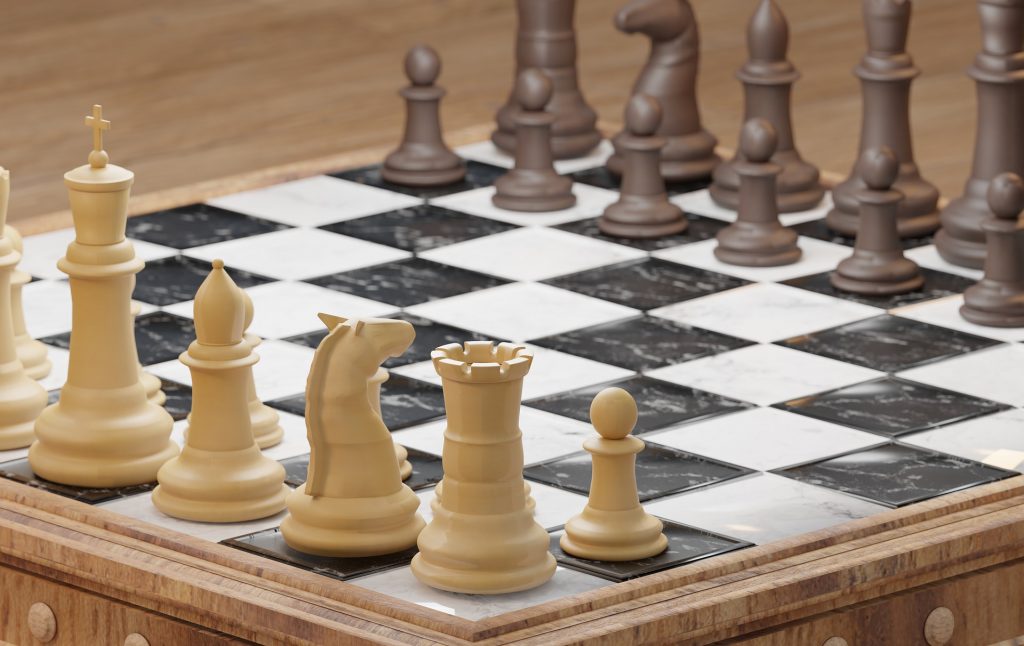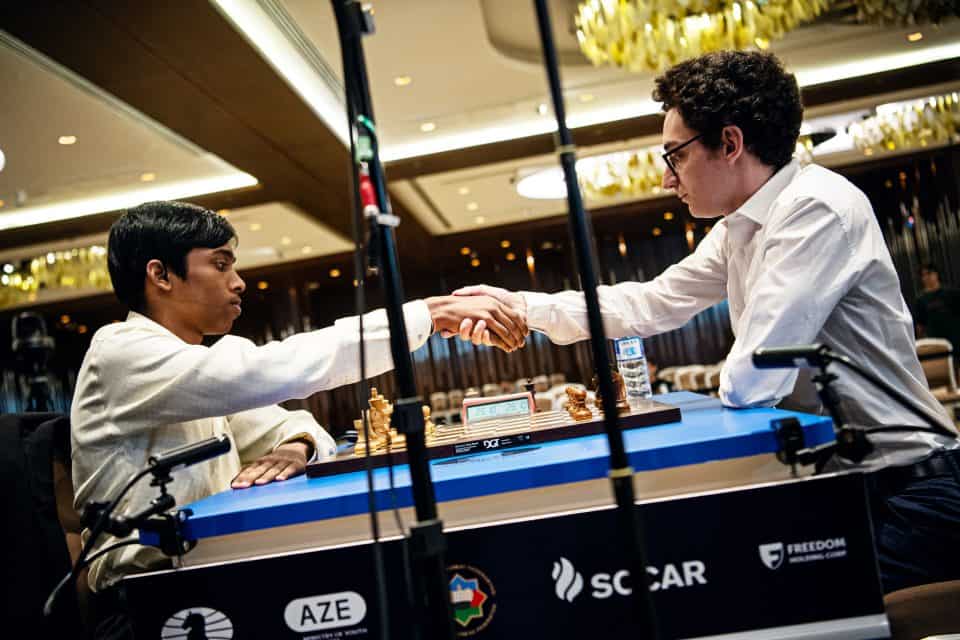
One of the most essential aspects of a chess game is king safety. Many amateurs overlook the king’s perilous position in the center, resulting in a swift loss most of the time. Chess is played with the goal of capturing the opponent’s king; once the king is captured, the game is over. As a result, the King must be kept as safe as possible from enemy pieces, which necessitates the need to know how to castle in chess.
What Exactly Is Castling?
Castling is a lawful move in which your king is tucked away in a safe square, usually surrounded by pawns and smaller pieces.
The king can move out from the middle of the board, where it is vulnerable to intense pressure, to the sides of the chess board, where it is safe from enemy pieces and well-guarded.
How Does One Castle In Chess?
Castling is done by moving the king and surrounding rooks around the board ( either the rook on a1 or the one on h1) Before continuing, it’s important to understand that there are two sorts of castling, that is there are two distinct ways one can castle in chess. We have Castling on the Kingside and Castling on the Queenside.

Kingside Castling is done on the kingside, as the name suggests. The king, who is currently on the e1 square, moves two squares to the right, landing on the g1 square, while the kingside rook on h1 is moved to f1. In other words, when the king moves from e1 to g1 and the rook on h1 moves from that square to f1, it is considered to be kingside castling.

Queenside castling is done on the queen’s side. Long castling is the name given to this type of castling, whereas short castling is the name given to the former (Kingside castling). Because of the noticeable distance between the king on e1 and the Queenside rook on a1, Queenside castling is known as long castling.
With a few exceptions, this sort of castling is comparable to kingside castling.
To castle Queenside, the king moves two times to the left from the e1 square and lands on c1, while the Queenside rook on a1 moves all the way to d1 to the king’s right. The king moves from e1 to c1, while the Queenside rook goes from a1 to d1. Castling has been completed in this manner.
The above two methods simply show how one can castle in chess.
SEE ALSO: How Many Squares Are On A Chess Board: Is It 64 or Not?
Rules On How To Castle In Chess
Castling, like other chess special movements, has a set of rules that must be adhered to.
These rules include:
1. The rooks and the king must not have moved at all in order to castle either kingside or queenside. This is an extremely important rule to remember. Queenside castling is not conceivable if the rook on a1 has already moved. In a similar vein, if the rook on h1 has moved, Kingside castling is impossible, and if the king has moved in any fashion, neither kingside nor queenside castling is feasible.
2. The king must not be in check at the beginning of the move, even if it was in check earlier in the game. Many beginners make the error of attempting to castle in chess when the king is suddenly attacked. The king must not be under any kind of attack, such as check or checkmate, in order to castle successfully.
3. If an enemy piece is covering the castling squares, you can’t castle in chess. If black has a white squared bishop on a6, for example, white will be unable to castle kingside because the bishop has already taken up the f1 square.

In other terms, the king must not pass through a square which is under attack by an opponent piece. In the same manner, the king must not put himself in check while castling or after castling. If castling would place the king under attack immediately, then it’s not possible to castle that way.
This rule can be complicated, but if you play often enough, you’ll be able to figure out whether you can castle immediately or not.
3. The king, not the rook, must be the first piece to move. If the rook is moved first in a tournament, the king must remain where it is. This is especially true in strict chess rules, which state that if a piece is touched, it must be moved. As a result, caution should be exercised when handling and touching pieces during tournament play.
4. There must be empty squares between the king and the rook. When there are other pieces between the king and the participant rook, you can’t merely castle; the squares must be vacant to be able to castle in chess.
Why Should I Castle In Chess?
Many beginners who like to maintain the king in the centre do not recognize the need for castling, and as a result, they frequently lose games. Castling is an extremely significant move for all players, which is why it occurs in practically every chess game among experienced and titled players.
Castling lets you keep your king safe from immediate danger while also allowing you to quickly develop your pieces. In kingside castling, for example, the inactive rook on h1 is moved to the f1 square, activating the rook.
Common Questions About Castling
As a new chess player, you probably have some questions about castling. Here are the most common ones:
How many times can I castle?
You can only castle once per game with each rook. After you have castled with a rook, you can’t do it again with that same rook. So if you castle kingside early in the game, you can’t castle queenside later on.
Can I castle if my king or rook has moved?
No, in order to castle, your king and the rook you want to castle with must not have moved yet. If either piece has made a move, castling with that rook is no longer allowed.
Can I castle if my king is in check?
No, you cannot castle if your king is currently in check. You must get your king out of check first before castling.
Can I castle if the path between my king and the rook is under attack?
No, the squares between your king and the rook you want to castle with must be vacant and not under attack by your opponent’s pieces. If any square in between is threatened by an enemy piece, castling is not allowed.
What happens if I try to castle illegally?
If you try to castle when it is not allowed, such as if your king or rook has already moved, your king is in check, or the path is under attack, your move will simply be rejected by your opponent. Your king and rook will remain in their original positions and your turn will continue – you’ll have to choose another move. Illegal moves in chess can be penalized by an arbiter.







join the conversation